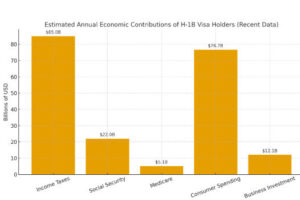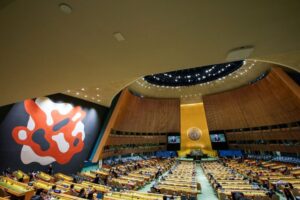In a noteworthy move, the Swiss National Bank (SNB), custodian of the world’s third-largest foreign exchange reserves (over $1 trillion as of mid-2025), is gradually shifting its dollar holdings into euros. Previously, nearly 39% of the SNB’s reserves were held in dollars and about 37% in euros. This recalibration is not a random swap—it’s a strategic move with several quiet but powerful messages.
The Why Behind the Switch
Dollar holdings are still significant, but with the U.S. dollar sliding about 11% and the euro gaining roughly 12% against it this year, the shift helps the SNB rebalance risk and stay ahead of volatile currency cycles. At the same time, the Swiss franc’s own strength—up over 12% versus the dollar this year—makes exporting from Switzerland even tougher, yet the SNB remains cautious about cutting interest rates further into negative territory.
What the SNB Is Saying
SNB Vice-President Antoine Martin framed the move plainly: “If you want diversified reserves with a balance sheet like ours, you must reallocate dollars into euros. That’s what we’re doing.”
He also addressed the buzz around Bitcoin—it’s not yet up to SNB’s investment standards. And despite often being overlooked, they continue holding gold—their reserves, at around 1,040 metric tons, remain among the largest globally. He emphasized that their decisions are rooted in data, discipline, and preserving the SNB’s independence.
Why It Matters to You (and Global Markets)
This may seem like a technical, central-bank maneuver. But think of it like a seasoned investor rebalancing a portfolio during turbulent markets. It sends a strong signal that reliance solely on the dollar could be risky. As trade tensions and geopolitical shifts ripple through global markets, central banks may increasingly look beyond the greenback—something worth noting for anyone keeping an eye on global finance, forex movements, or international business trends.










